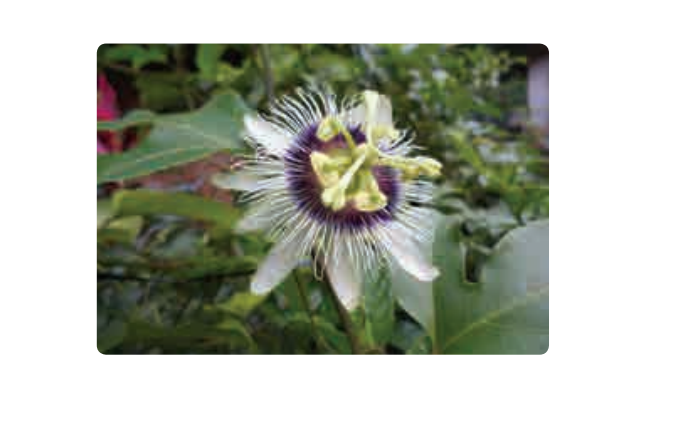Salient features, Characteristic features - Angiosperms | 11th Botany : Chapter 2 : Plant Kingdom
Chapter: 11th Botany : Chapter 2 : Plant Kingdom
Angiosperms

Angiosperms
In the previous lesson the characteristic features of one of the spermatophyte called Gymnosperms were discussed. Spermatophytes also include plants bearing ovules enclosed in a protective cover called ovary, such plants are called Angiosperms. They constitute major plant group of our earth and are adapted to the terrestrial mode of life. This group of plants appeared during the early cretaceous period (140 million years ago) and dominates the vegetation on a world scale. The sporophyte is the dominant phase and gametophyte is highly reduced.
1. Salient features of Angiosperms
•
Vascular tissue (Xylem and Phloem) is well
developed.
•
Flowers are produced instead of cone
•
The embryosac (Ovule) remains enclosed in the
ovary.
•
Pollen tube helps in fertilization, so water is not
essential for fertilization.
•
Double fertilization is present. The endosperm is
triploid.
•
Angiosperms are broadly classified into two classes
namely Dicotyledons and Monocotyledons.
2. Characteristic features of Dicotyledons and Monocotyledons
Dicotyledons Morphological features
Reticulate venation is present in the leaves.
Presence of two cotyledons in the seed.
Primary root radicle persists as Tap root.
Flowers tetramerous or pentamerous.
Tricolpate (3 furrow) pollen is present.
Anatomical features
·
Vascular bundles are arranged in the form of a ring
in stem.
·
Vascular bundles are open (Cambium present).
·
Secondary growth is present.
Monocotyledons
Morphological features
Parallel venation is present in the leaves.
Presence of single cotyledon in the seed.
Radicle doesn’t persist and fibrous root is
present.
Flowers trimerous.
Monocolpate (1 furrow) Pollen is present.
Anatomical features
·
Vascular bundles are scattered in the stem
·
Vascular bundles are closed (Cambium absent).
·
Secondary growth is absent.
Current Angiosperm Phylogeny Group (APG) System of
classification doesn’t recognize dicots as a monophyletic group. Plants that
are traditionally classified under dicots are dispersed in several clades such
as early Magnolids and Eudicots.
Related Topics